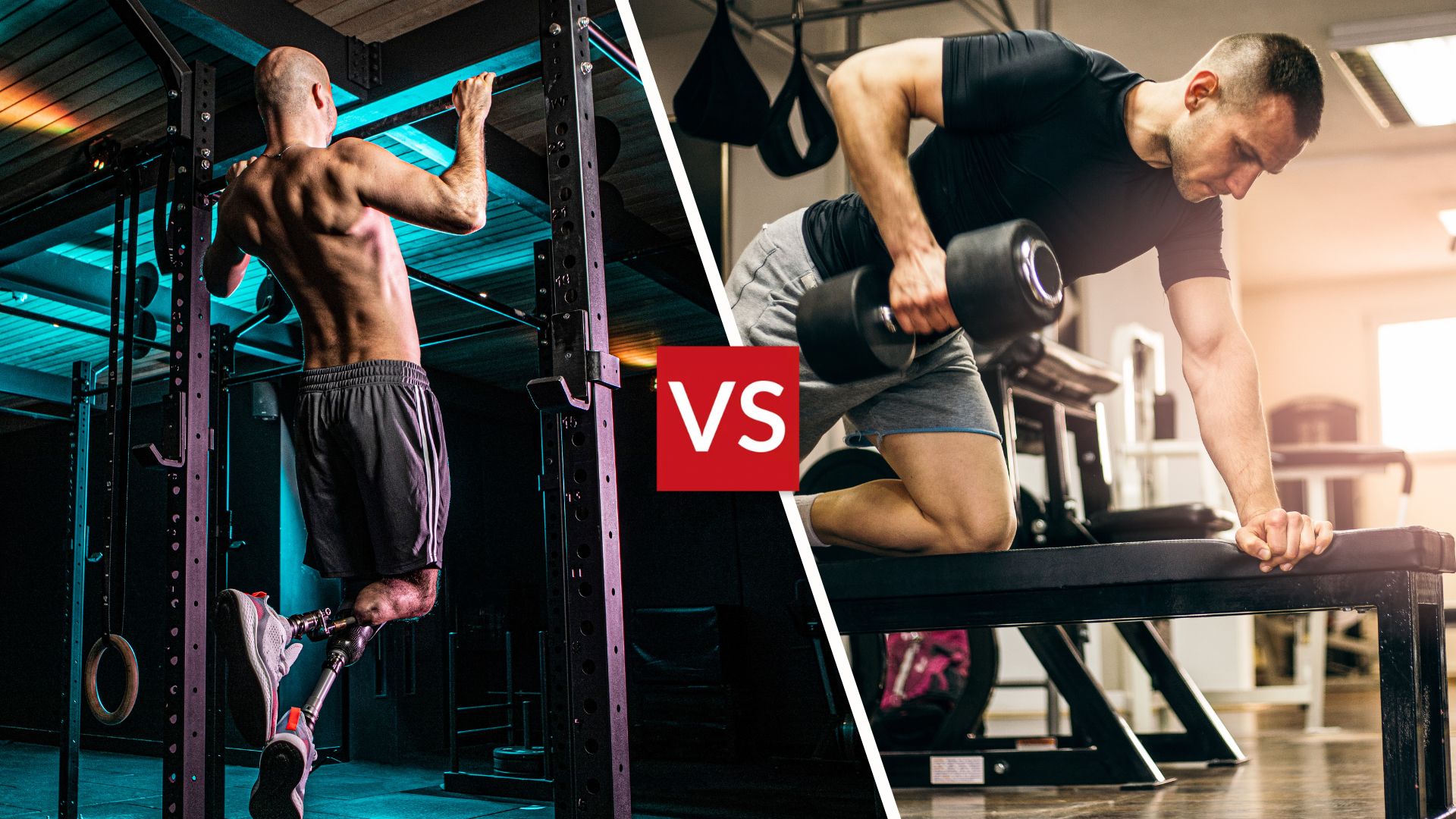

We get it, your back may not feel as important as building massive arms or a bigger chest – after all it’s not the first thing everyone catches a glimpse of as you walk in the room – but if you want to move more weight (especially with your compound lifts) you need to train it. Facts. Not to mention a stronger back will help you move more effectively, improve your posture, and achieve that desired ‘V-shape’ that can make your upper body look mighty.
The pull-up and barbell row are two classic exercises you’ll see on the gym floor. But which is the most effective for size and strength to develop that superhero back? With the help of an expert, we try and answer that very question.
Pull ups vs rows: what's the difference?
The pull up is a bodyweight exercise typically performed on a pull up bar, and is a vertical pulling movement. Whereas rows are performed with either free weights – like a pair of dumbbells – a barbell, or using a cable machine, and is a horizontal pulling movement.
“Pull ups primarily target the latissimus dorsi, but they also hit the biceps, and rhomboids, while also engaging the core and shoulders,” says Aroosha Nekonam, Senior Personal Trainer at Ultimate Performance. “In contrast, rows target the back muscles, including the rhomboids, latissimus dorsi, and trapezius, as well as the rear deltoids and biceps."
Pull ups vs rows: the benefits
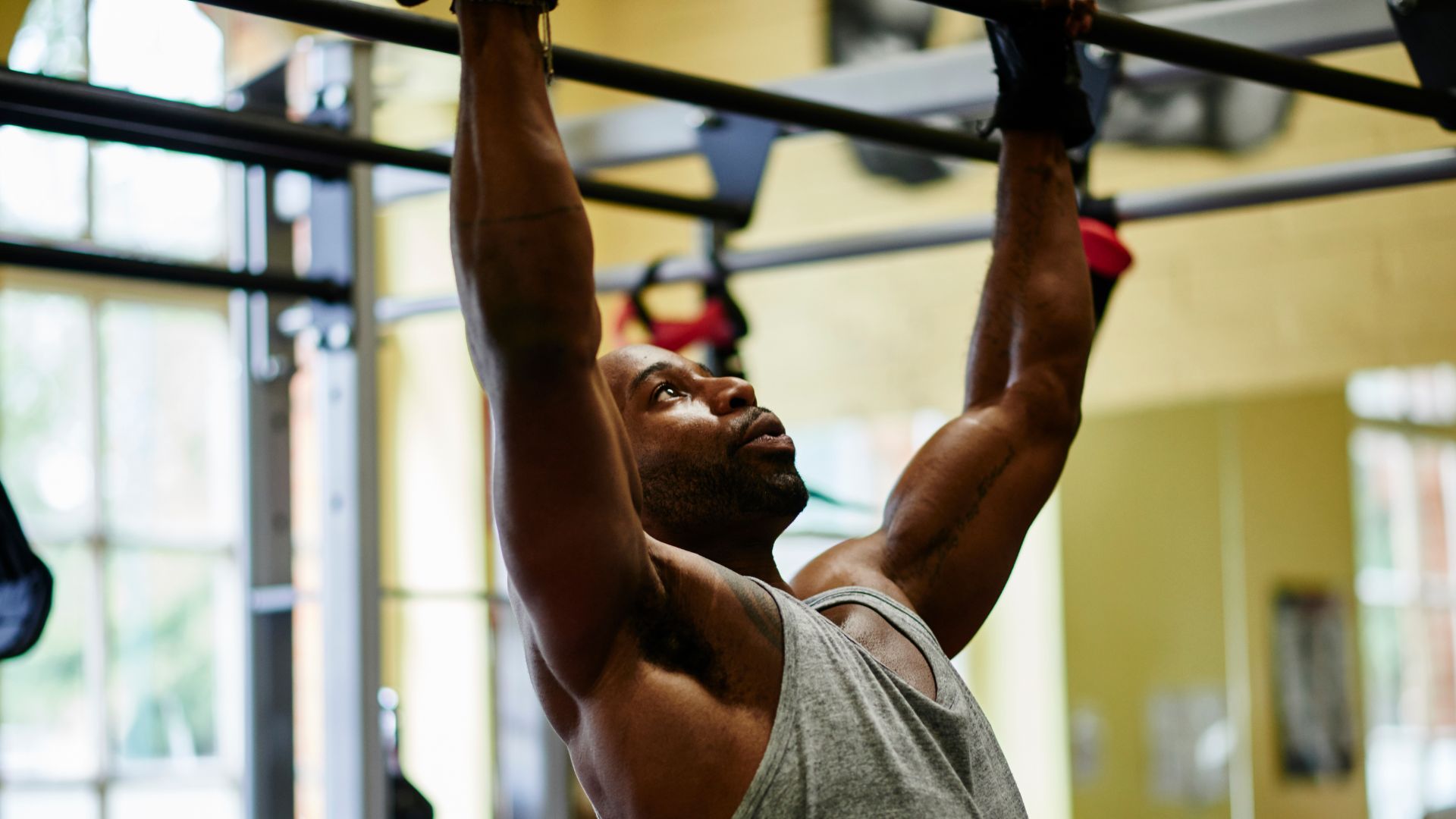
One of the great things about rows is there are lots of variations: the barbell bent-over row, single arm rows, pendlay row, gorilla rows, the list could go on for a while. As we mentioned earlier, you can use multiple pieces of equipment to perform this exercise, from kettlebells, to a barbell, even a resistance band. The exercise can also be switched between a bilateral movement (moving both limbs, like a barbell row), or unilateral (using one limb, like a single arm dumbbell row).
“Depending on the weight of the load, rows have a far lower degree of difficulty than a pull-up, making them very suitable for novices looking to get stronger,” Aroosha says. “Obviously, you can make this exercise very challenging by increasing the weight, and slowing the tempo of the eccentric. But ,if you’re a beginner, rows are a great way to build up strength and size in your back.”
That being said, if not performed with good form, rows can put stress on your lower back, especially the bent-over barbell row which requires an extra level of stability and a good hip hinge. It's therefore important you pick the right type of row for your ability and select the correct weight to avoid injury.
Sign up to the T3 newsletter for smarter living straight to your inbox
Get all the latest news, reviews, deals and buying guides on gorgeous tech, home and active products from the T3 experts
Pull ups, performed with a wide overhand grip, are more difficult in nature and, as Aroosha rightly points out, they require a lot of strength, co-ordination, and effort. “This compound movement is great for enhancing upper body strength, improving posture, and building muscular endurance though,” she says. They can also improve your grip strength, which can not only have great carryover to other exercises, like your deadlift, but also help with everyday activities, like carrying bags of shopping.
How to do pull-ups and rows
Here's a breakdown of how to nail these two exercises followed by Aroosha's tips for optimal execution.
How to do pull ups
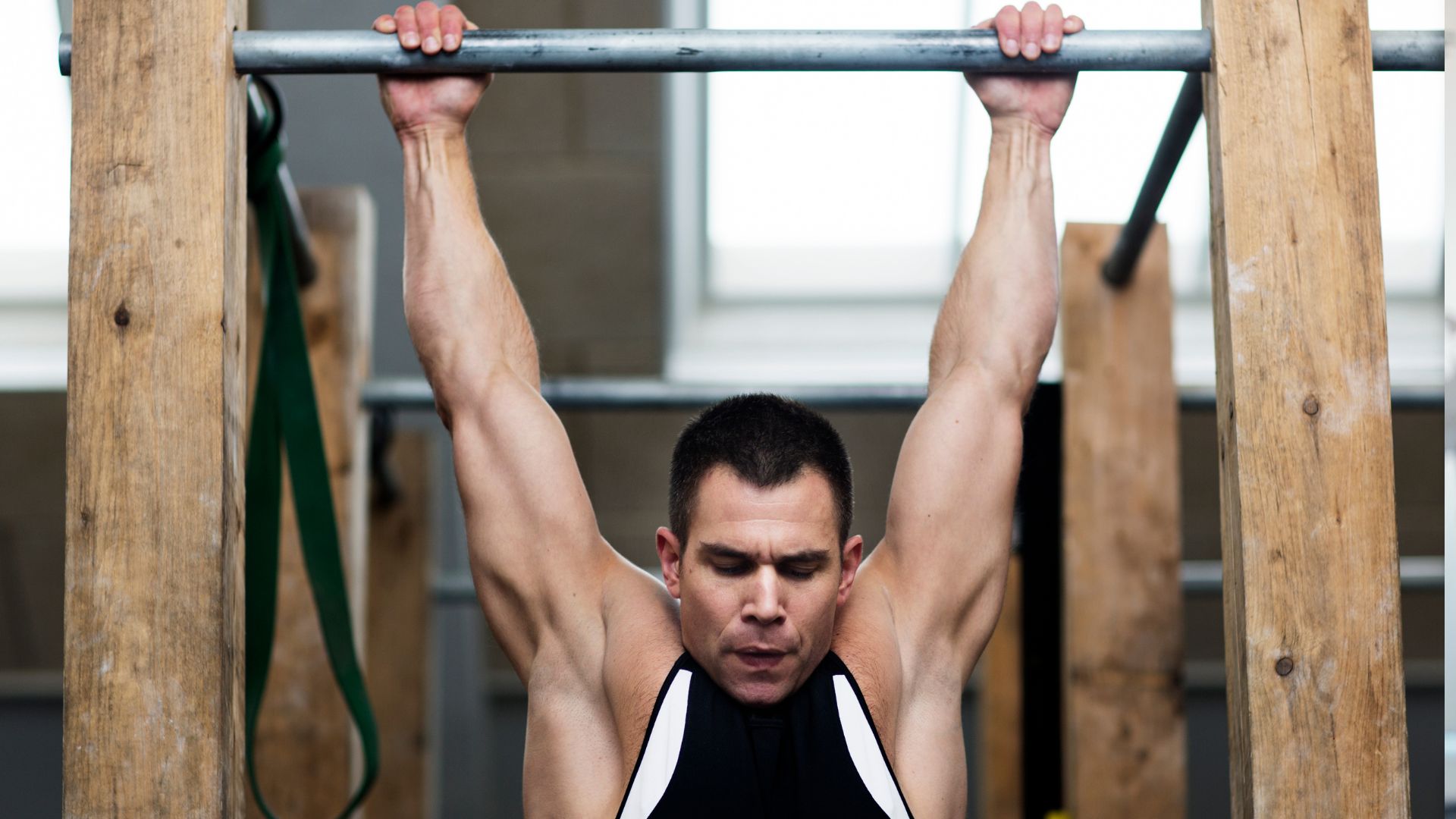
- Place your hands on the pull up bar with an overhand grip and your hands slightly further than shoulder-width apart
- Once hanging from the bar, squeeze your core, glutes and bend your elbows to pull your body up vertically (imagine you're pulling your shoulder blades down into your back pockets to engage your lats)
- Hold at the top for the second (you want your chin slightly over the bar), then lower your body down with control
- When you reach extension try and keep tension throughout your body, rather than letting it just 'hang', then repeat
Tips:
- Keep your core tight to maintain proper body alignment and avoid swinging
- Mastering the pull up is a real test of strength and so if you cannot do a single pull-up do not get disheartened, it just takes consistency and commitment
How to do rows (the single-arm dumbbell row)
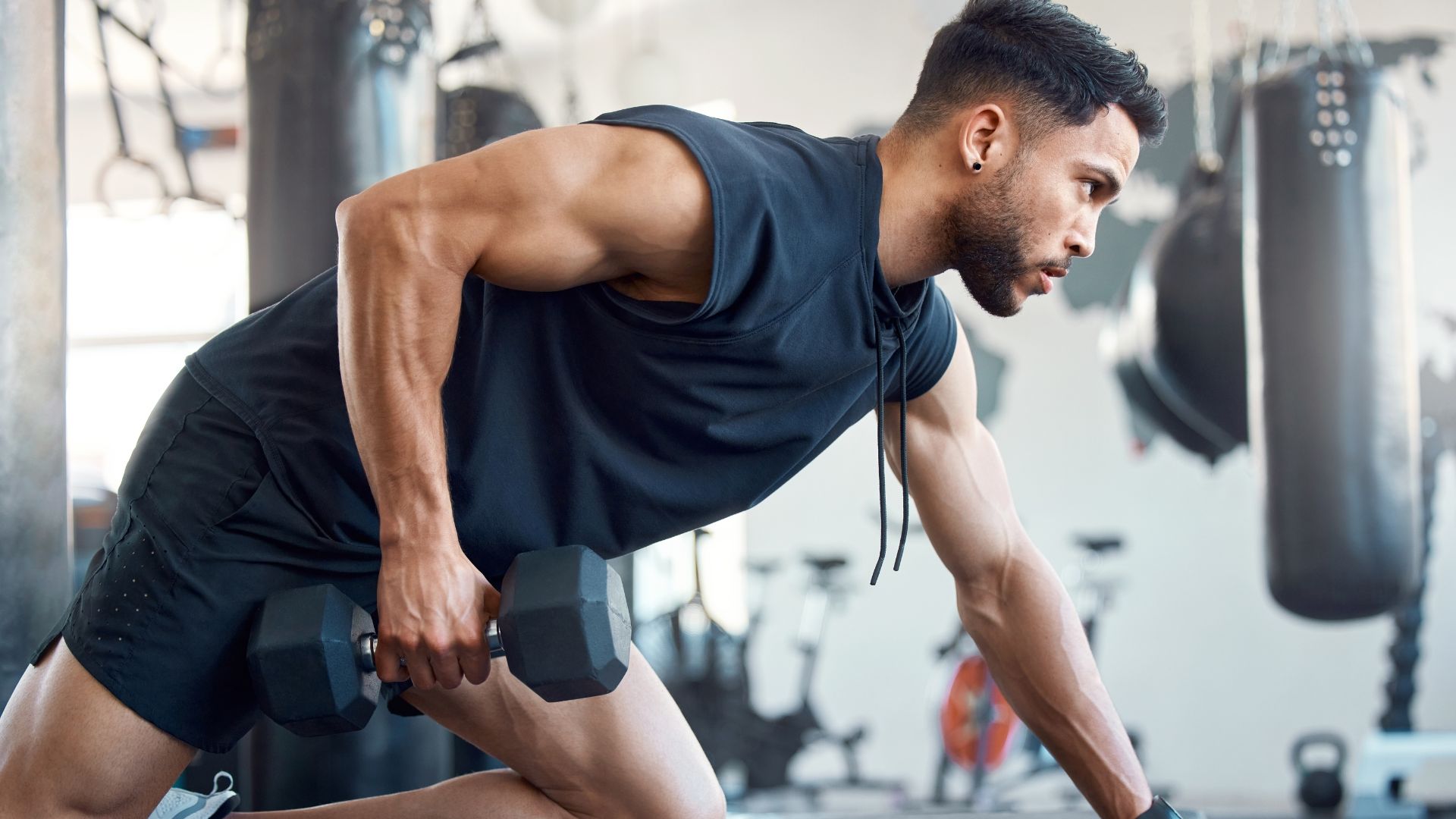
- Place your right knee and right hand on a weight bench, then pick up your dumbbell in your left hand and keep your left leg on the floor underneath your hip
- Push your right hand into the bench, squeeze your abs, and row the dumbbell toward your hip
- Hold here for a second, before slowly lowering the dumbbell back down toward the floor
Tips:
- Think about keeping your shoulders down to avoid hunching them up to your ears as this will shift the majority of the load you are lifting into your neck and traps
- Always brace and engage your core when performing this movement to help keep your torso and spine stable
Pull ups vs rows: which is best for a stronger back?
Labeling one of these exercises as better than the other would do the other an injustice, as both are excellent compound exercises that are both effective for building strength and hypertrophy. Also, as both use movement patterns that we use in everyday life they’re functional too.
Aroosha also says that it’s important to hit your back from different angles if you want it to grow. “Pull-ups with your palms facing forwards, or lat pull downs, are super effective for targeting the lats (the largest individual muscles in your upper back). While the midback muscles (the middle trapezius and rhomboids) are best targeted using seated rows and bent-over rows.”
As you can see, for a well-defined back it’s therefore hard to pinpoint one exercise as superior than the other. Your best bet is to therefore include both in your programme if you're able to, or choose the one that's best suited to your fitness level.
- Bicep curls vs hammer curls: which is best for adding size to your biceps?
- Flat bench vs incline: which is better for a bigger chest?

Bryony’s T3’s official ‘gym-bunny’ and Active Staff Writer, covering all things fitness. She recently completed her Level 3 PT qualification with the PFCA to bring a deeper understanding of training techniques, fitness trends, and wellness advice to her writing. In her spare time, you will find her in her natural habitat - the gym - where her style of training is a hybrid of bodybuilding and powerlifting. Bryony loves writing about accessible workouts, nutrition and testing innovative fitness products that help you reach your fitness goals and take your training to the next level.
-
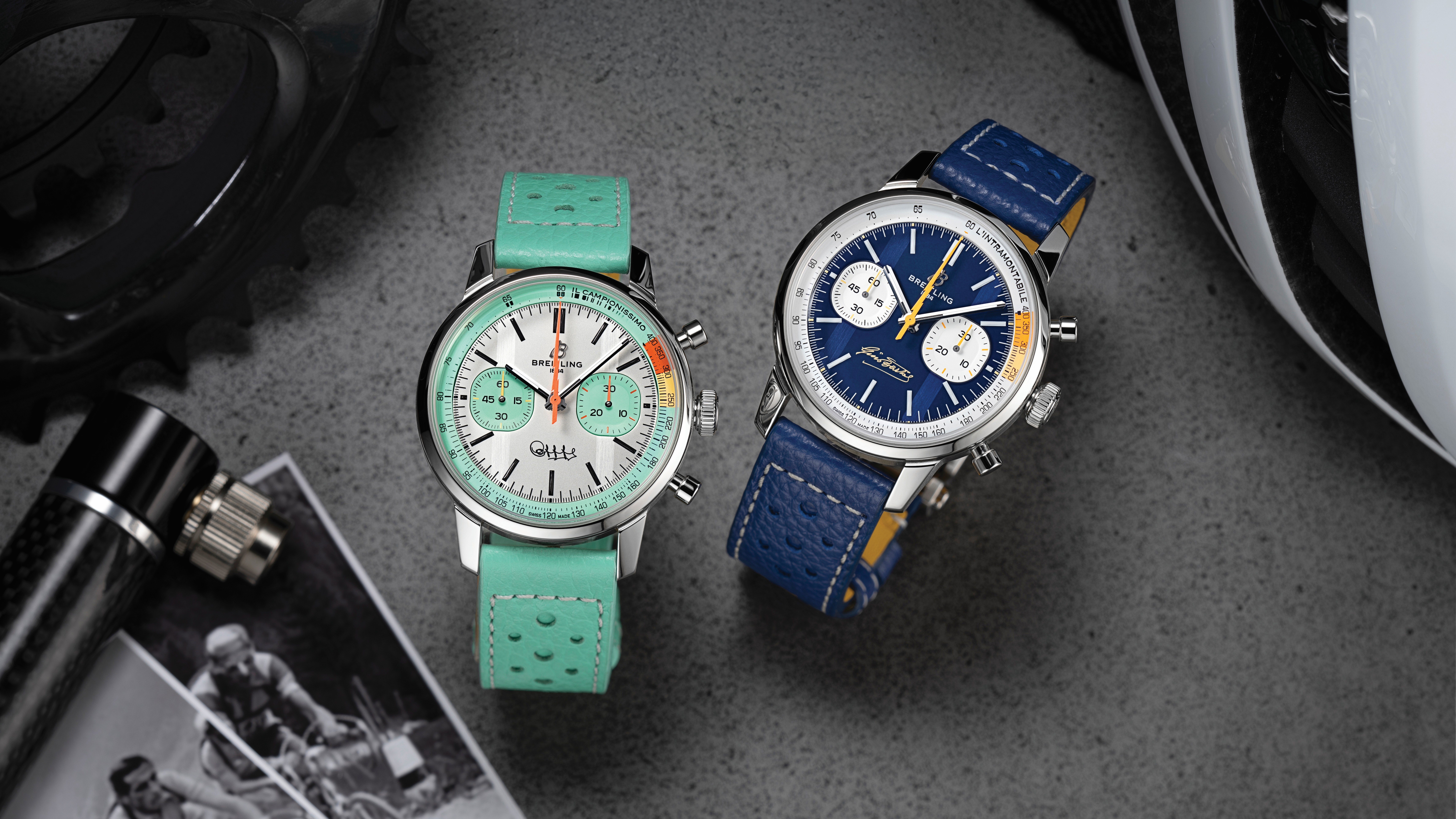 Breitling adds two new Top Time chronographs celebrates the legacy of cycling legends
Breitling adds two new Top Time chronographs celebrates the legacy of cycling legendsThese are gorgeous watches
By Sam Cross Published
-
 Today’s luxury car buyers want experiences, not performance
Today’s luxury car buyers want experiences, not performanceEVs have democratised power. Now, for supercar buyers, performance is not enough.
By Alistair Charlton Published
-
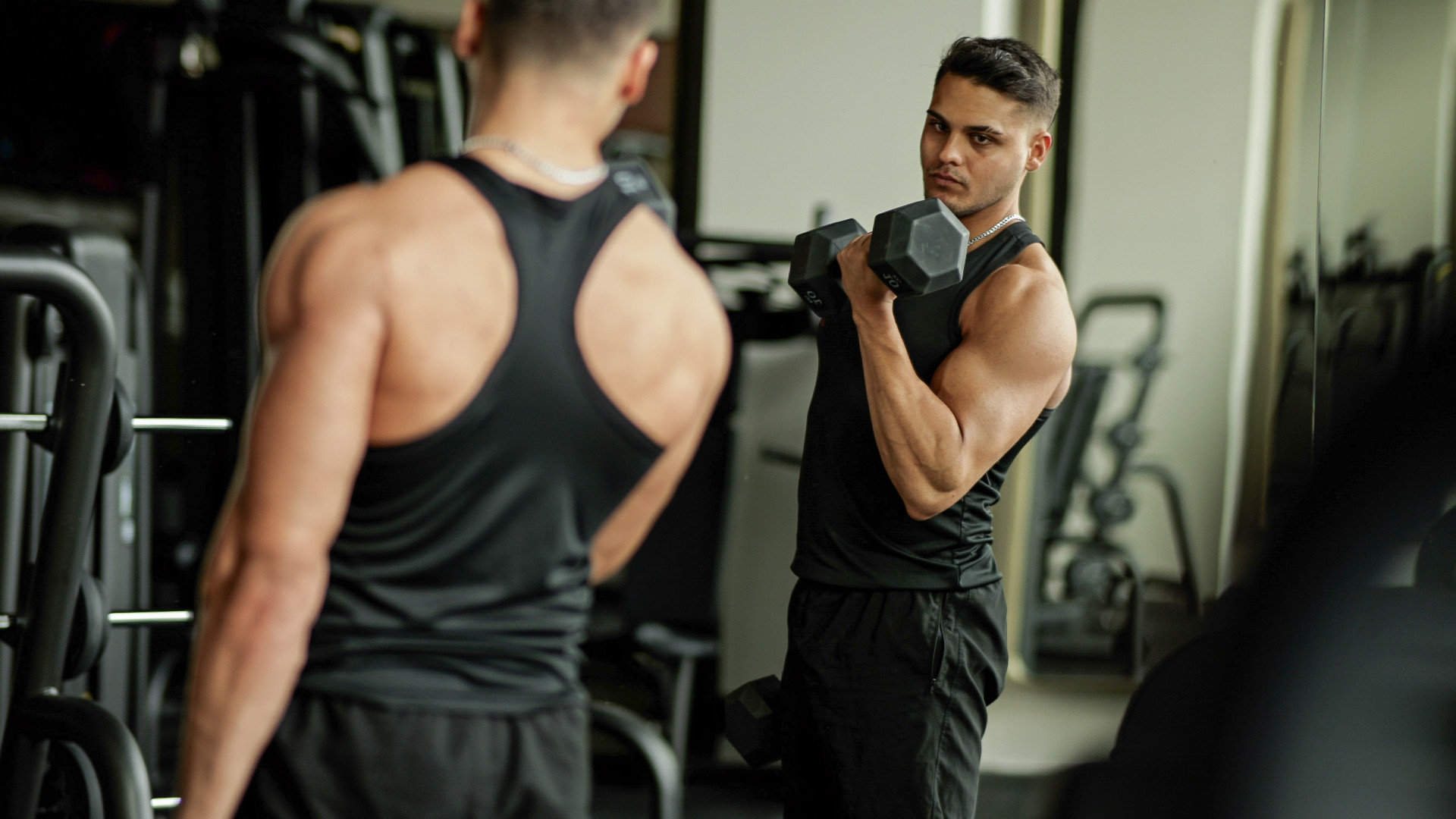 The best biceps exercise, according to science
The best biceps exercise, according to scienceHave you been training your biceps wrong this whole time?
By Lucy Miller Published
-
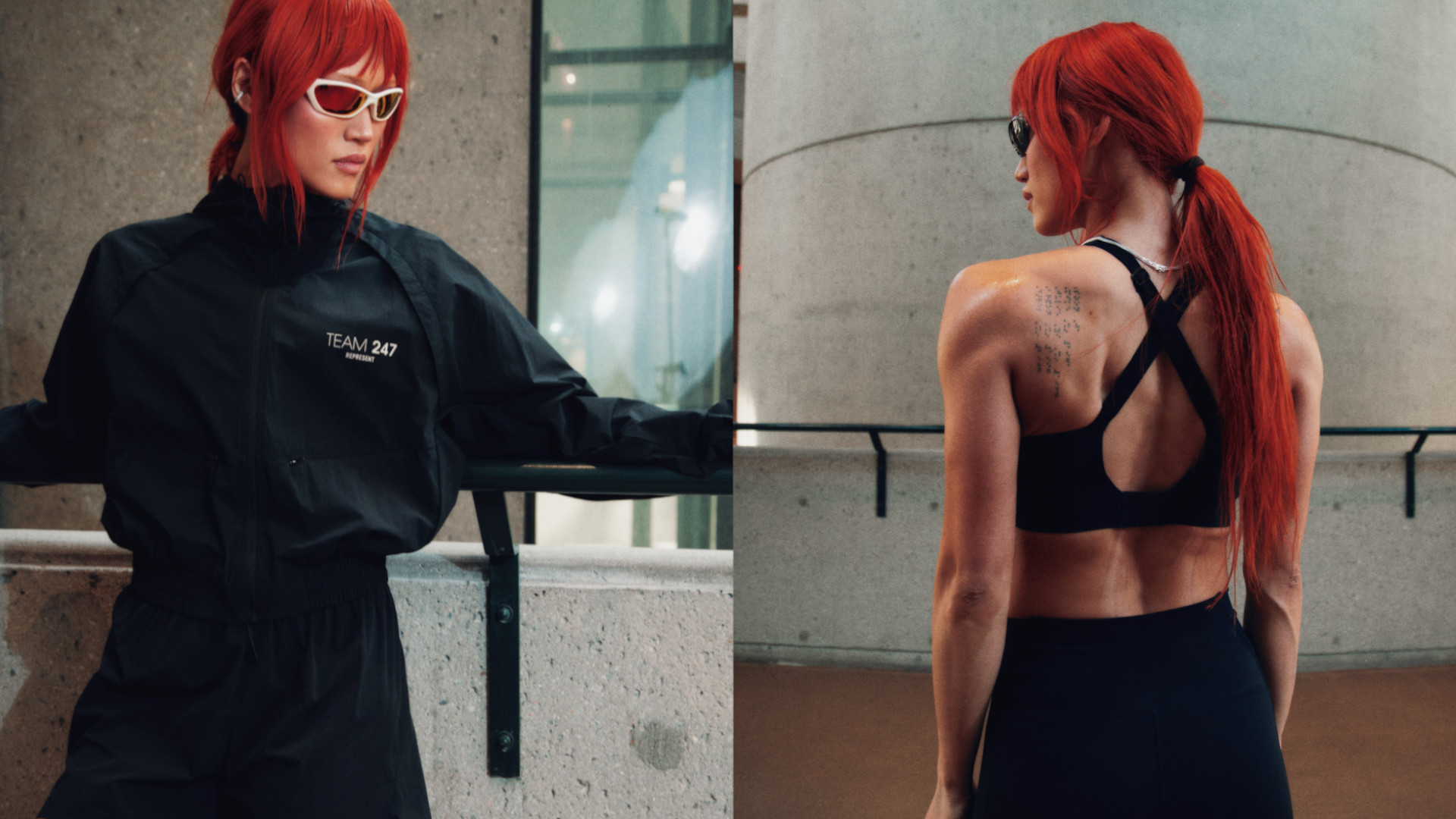 Finally! Represent 247 launches its first womenswear collection, taking you from street to gym in style
Finally! Represent 247 launches its first womenswear collection, taking you from street to gym in styleIt's about time guys
By Bryony Firth-Bernard Published
-
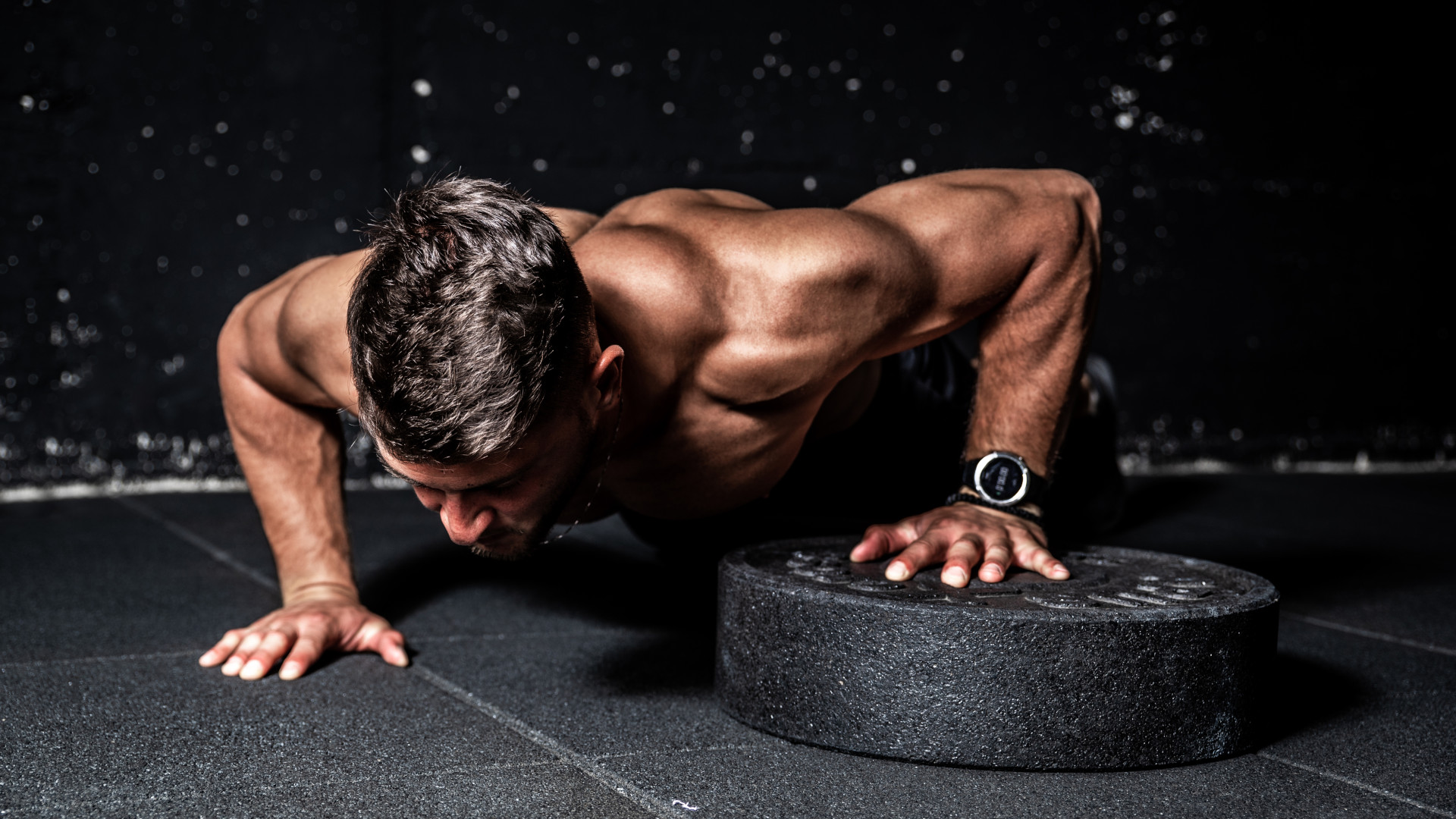 3 chest exercises you’re probably not doing to supersize your pecs
3 chest exercises you’re probably not doing to supersize your pecsA killer pec pump awaits
By Bryony Firth-Bernard Published
-
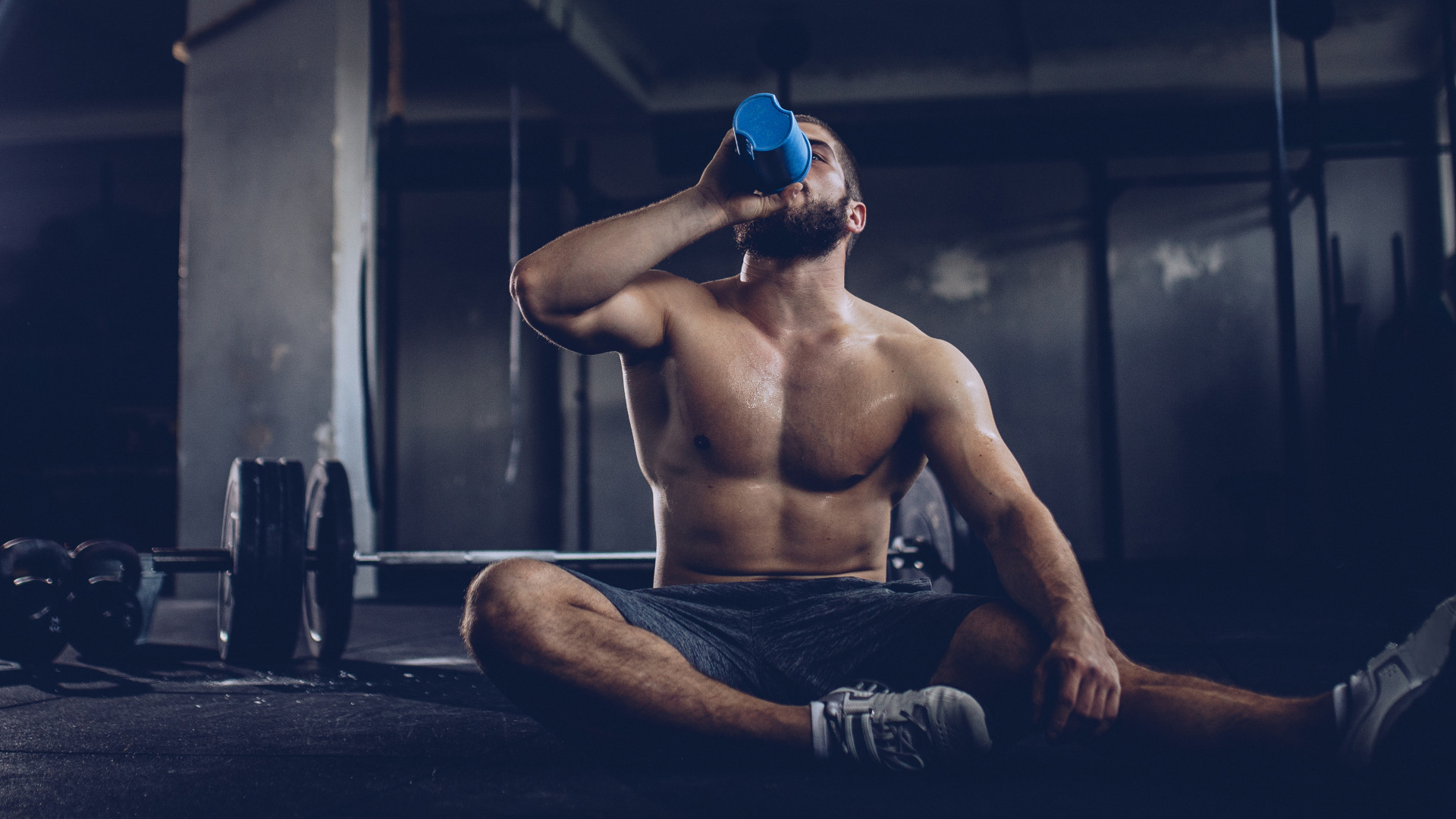 When’s the best time to take creatine?
When’s the best time to take creatine?The science-backed supplement is a must for building strength and muscle, but is there an optimal time to take it?
By Bryony Firth-Bernard Published
-
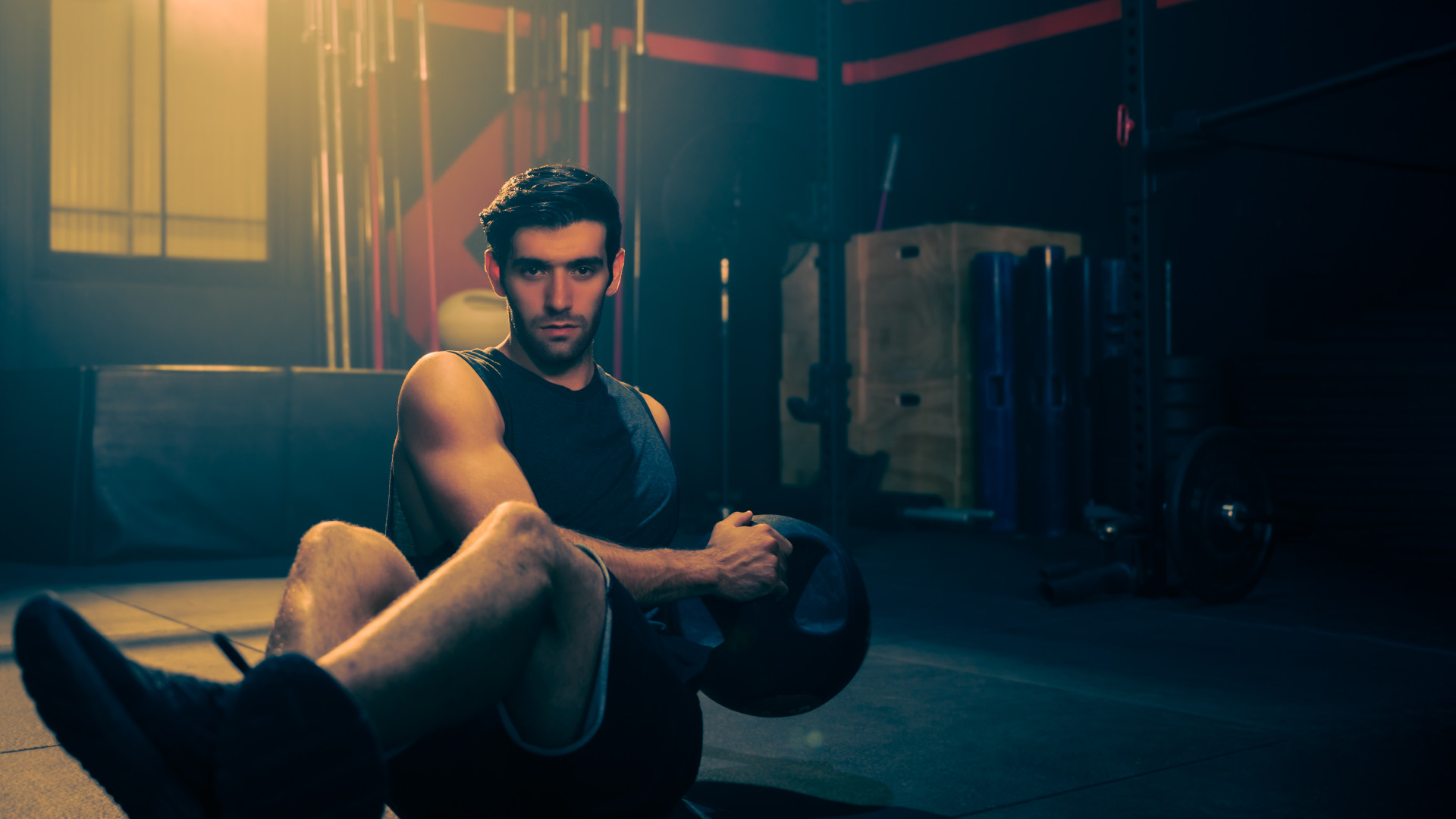 Three overrated core exercises and what you should do instead
Three overrated core exercises and what you should do insteadA fitness expert says these exercises aren’t all they’re cracked up to be
By Bryony Firth-Bernard Published
-
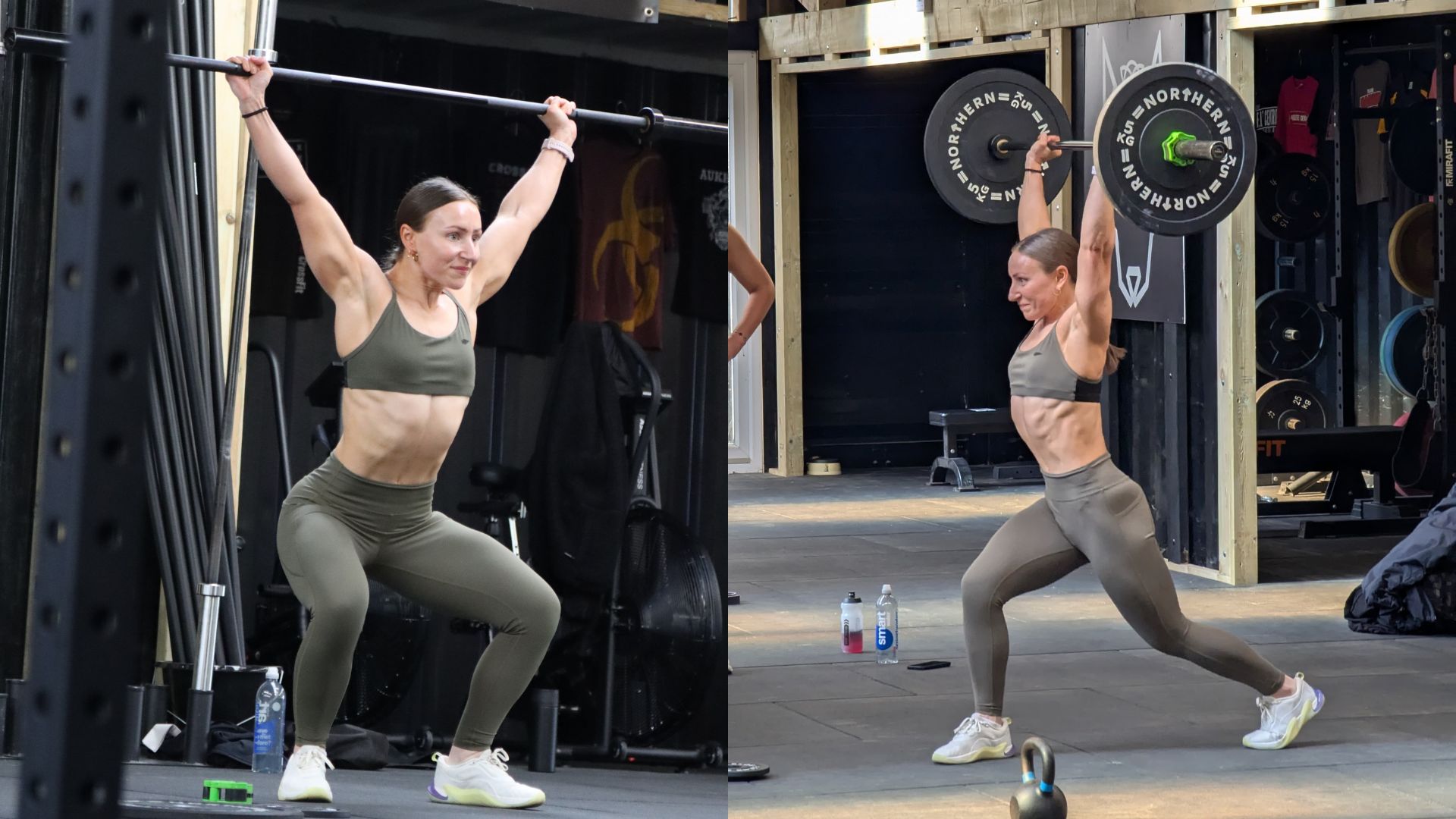 I tried Olympic weightlifting for the first time – here are three things it's taught me
I tried Olympic weightlifting for the first time – here are three things it's taught meBeing strong simply won't cut it
By Bryony Firth-Bernard Published
-
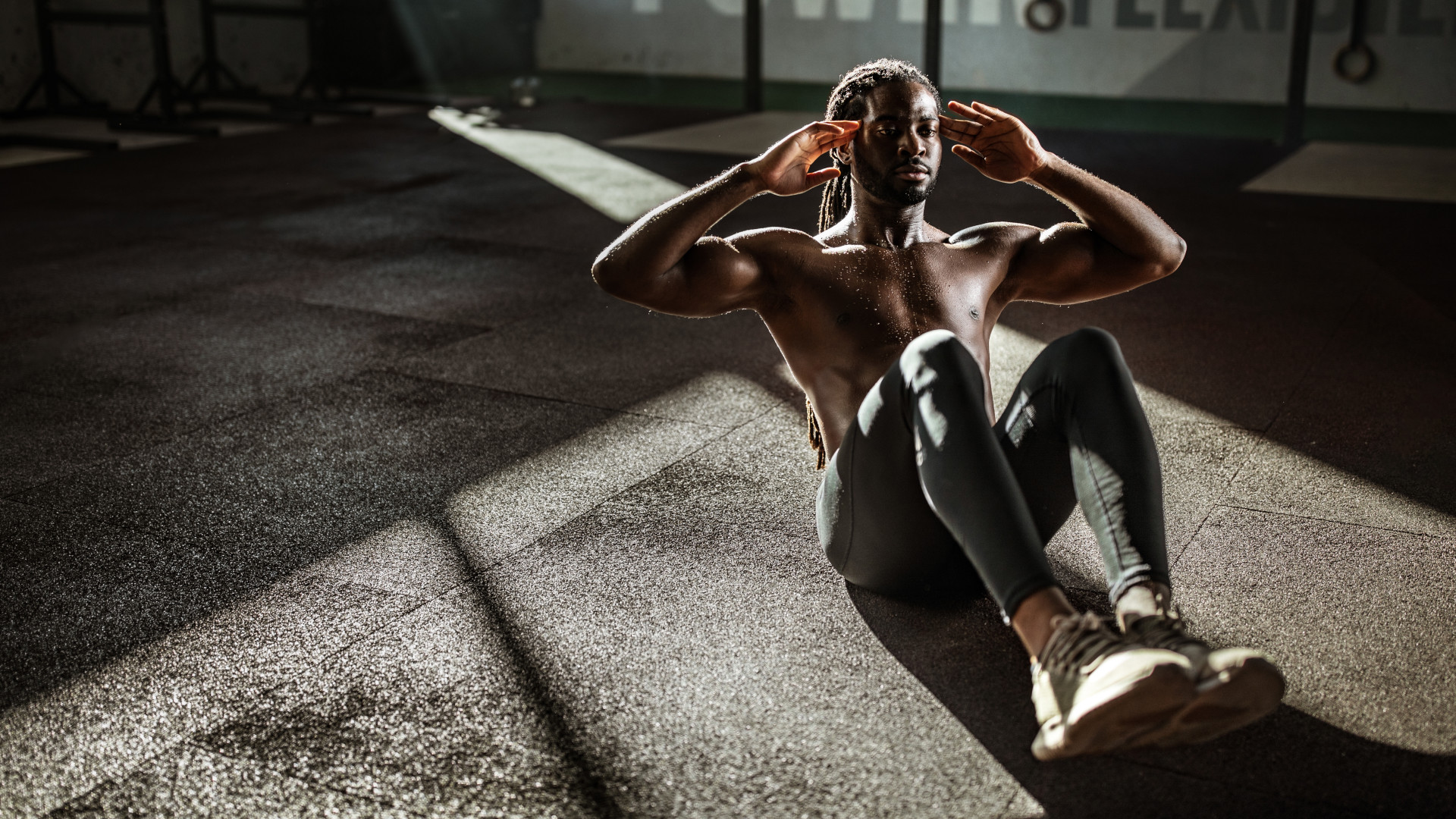 An exercise scientist ranks every ab exercise – and the worst one may surprise you
An exercise scientist ranks every ab exercise – and the worst one may surprise youFYI it’s not crunches or sit-ups
By Bryony Firth-Bernard Published
-
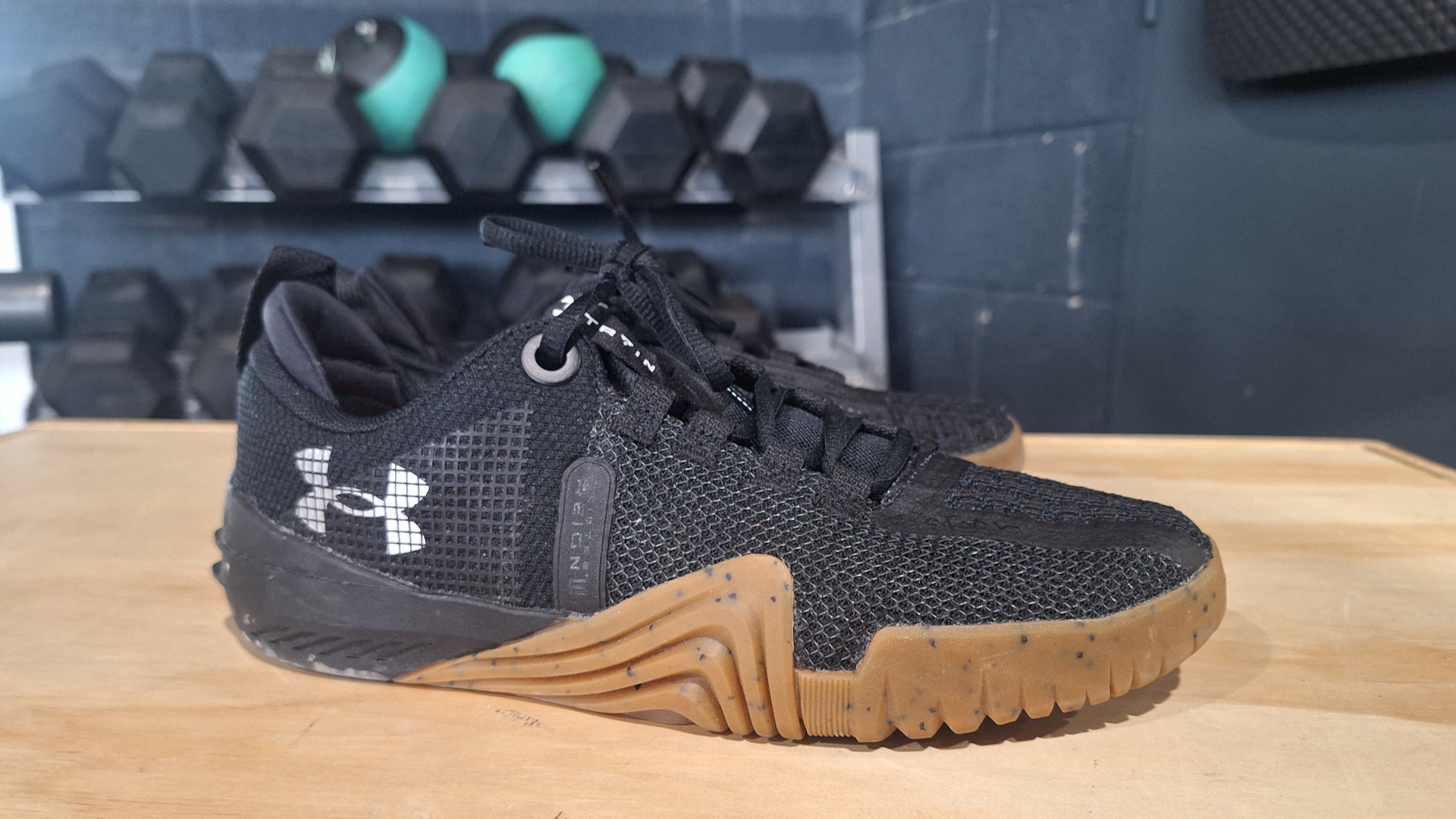 I didn't think Under Armour could improve its top-tier workout shoes – I was wrong
I didn't think Under Armour could improve its top-tier workout shoes – I was wrongThe TriBase Reign 6 has had a complete overhaul, with a flatter sole, improved flexibility and a brand-new look
By Bryony Firth-Bernard Published